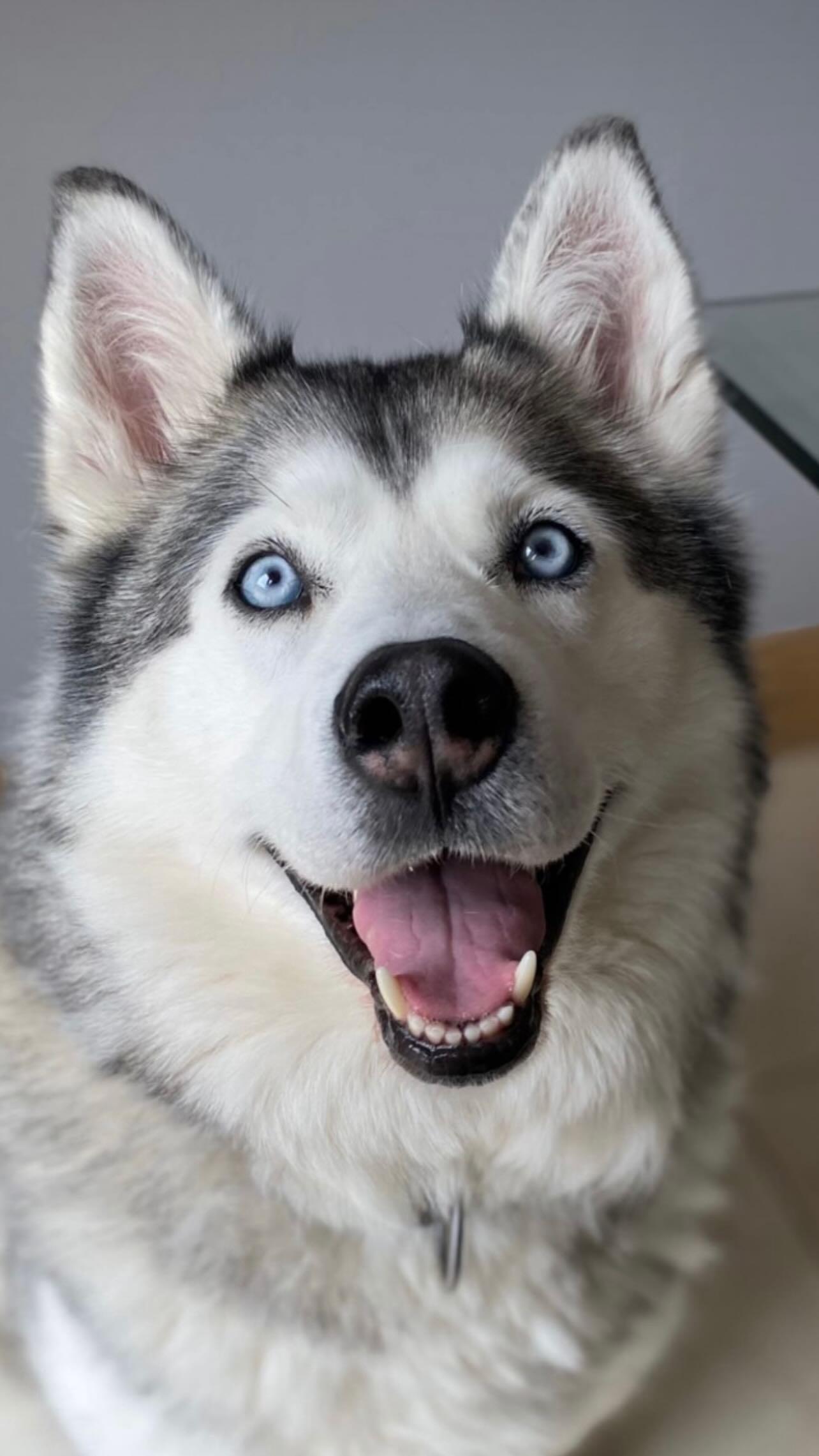
Relax taking your photo! Use the photos above as examples; clear, non blurry with good lighting!
Animals are emotional creatures, and if you are stressed and anxious, they will sense it and become stressed and anxious too. A stressed animal will give you ‘ears flattened’, ‘concerned eyes’ looks, which doesn't translate well in a photograph. Take a deep breath and remember to have fun with it! Remember, for their portrait I need to see fur direction, their coloration & proportion. The eyes are the most expressive part of an animal’s face, so try to focus on the eyes and facial expressions.
Good lighting is everything!
Good light is everything in photography, especially in pet photography, where it’s critical to be able to see the catchlights in the pet’s eyes (the white reflective parts). Avoid photographing in dark rooms or under heavily overcast days. Bright yet diffused light is the easiest to create flattering pet portraits under, so before you even start shooting, take a look around your subject’s environment and determine where the best bright, yet diffused light is; then move to that location. There are various reasons why flash should be avoided when taking photographs of pets. For example, flash is bright and can be unnerving for a small animal. Flash can scare them or make them nervous and hide. Additionally, flash is harsh. Particularly if you are indoors, it’s best to use natural light since this won’t wash out fur. If your pet is light coloured, white fur in particular will look washed out with a flash.
Take a photo at their level, for a different dynamic!
Most importantly enjoy taking the photos with your pet and take your time choosing which you like best out of a selection, I will normally ask for 2-3 reference photos myself to choose the best to work with!
Karen x

